20 Unexpected Places with Incredible Food Scenes
When it comes to food, the most unexpected places can often surprise you with incredible flavors. From hidden gems in small towns to vibrant cities off the beaten path, these destinations offer food scenes that are both unique and unforgettable. Whether it’s the rich spices of local markets or innovative dishes created by talented chefs, the culinary experiences found in these places are worth exploring. In many cases, the food is deeply connected to the local culture, reflecting traditions and histories that go back centuries.
This post may contain affiliate links, which helps keep this content free. Please read our disclosure for more info.
Tbilisi, Georgia

Tbilisi has emerged as a rising star in the culinary world, offering a distinctive blend of flavors. Traditional Georgian food, including dishes like khachapuri (cheese-filled bread) and khorovats (grilled meat), is often cooked with locally sourced ingredients. The city’s vibrant food markets are filled with fresh produce, homemade cheeses, and spices, all adding to the rich culinary heritage. With numerous cozy cafes and restaurants offering a blend of old and new, Tbilisi is a city where food lovers can truly indulge.
Beyond the traditional offerings, Tbilisi’s contemporary dining scene is rapidly expanding. The fusion of Eastern European, Middle Eastern, and Mediterranean influences is creating a fresh perspective on Georgian cuisine. Local chefs are experimenting with modern techniques while preserving the deep-rooted traditions of the region. This emerging food scene has quickly attracted attention from international food critics, making it one of the most interesting places to visit for food in recent years.
Oaxaca, Mexico

Oaxaca is one of the most flavorful destinations in Mexico, known for its bold and diverse culinary offerings. The region is famous for its seven moles, each made with a variety of chiles, spices, and rich ingredients that vary by local tradition. Whether it is the smoky complexity of mole negro or the sweet and spicy mole amarillo, Oaxacas mole dishes are legendary. The food is not just about flavor, but about community, with many Oaxacan’s still following traditional cooking methods passed down through generations.
Street food in Oaxaca is also exceptional, with vendors offering everything from tlayudas (large tortillas with toppings) to fresh mezcal. The city’s central markets are a food lover’s paradise, filled with colorful displays of local produce and handmade tortillas. Oaxaca’s food scene is not only about eating but about experiencing the culture through its flavors, making it a must-visit for anyone passionate about authentic Mexican cuisine.
Penang, Malaysia

Penang is a food paradise that blends Malay, Chinese, and Indian culinary traditions into an extraordinary mix of flavors. Known for its street food, Penang offers a variety of dishes that have become iconic across Southeast Asia. From the famous char kway teow (stir-fried noodles) to the delicious assam laksa (spicy, tangy soup), the island’s food scene is constantly evolving. The mix of cultures has created an exciting array of dishes that delight the senses.
George Town, Penang’s capital, is a UNESCO World Heritage site and home to many excellent restaurants and hawker centers. Here, foodies can experience dishes like nasi kandar (rice with a variety of curries) and roti john (a sandwich made with egg, meat, and mayonnaise). The local markets are vibrant and offer an impressive selection of fresh ingredients, making Penang one of the top destinations for anyone looking to experience authentic Southeast Asian flavors.
Vilnius, Lithuania
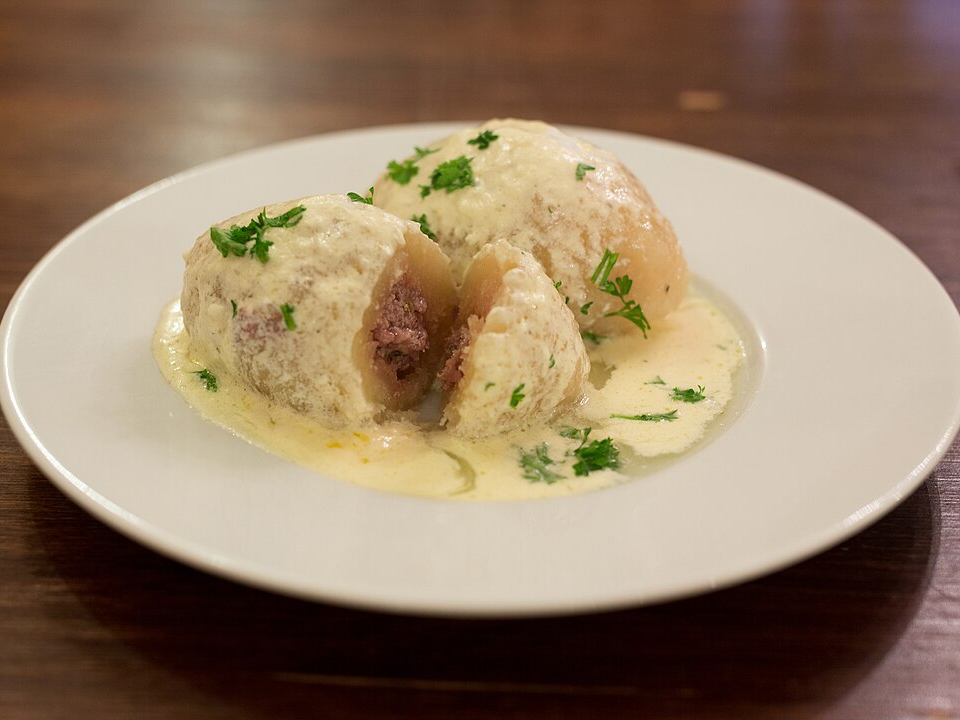
Lithuania’s capital, Vilnius, is known for its hearty, comforting food that reflects its historical roots. The city offers a mix of rustic dishes made from potatoes, meat, and grains, as well as a new wave of creative restaurants that blend local ingredients with modern techniques. Traditional Lithuanian dishes like cepelinai (potato dumplings) and kugelis (potato pudding) are still popular today and can be found in nearly every corner of Vilnius.
In recent years, the food scene in Vilnius has experienced a revival, with many restaurants focusing on farm-to-table experiences and reimagining Lithuanian classics. Visitors can find a growing number of cafes, pop-up food markets, and fine dining establishments offering innovative takes on traditional Lithuanian flavors. This combination of old and new makes Vilnius a surprising but vibrant food destination for those looking to explore Eastern European cuisine.
Cape Town, South Africa
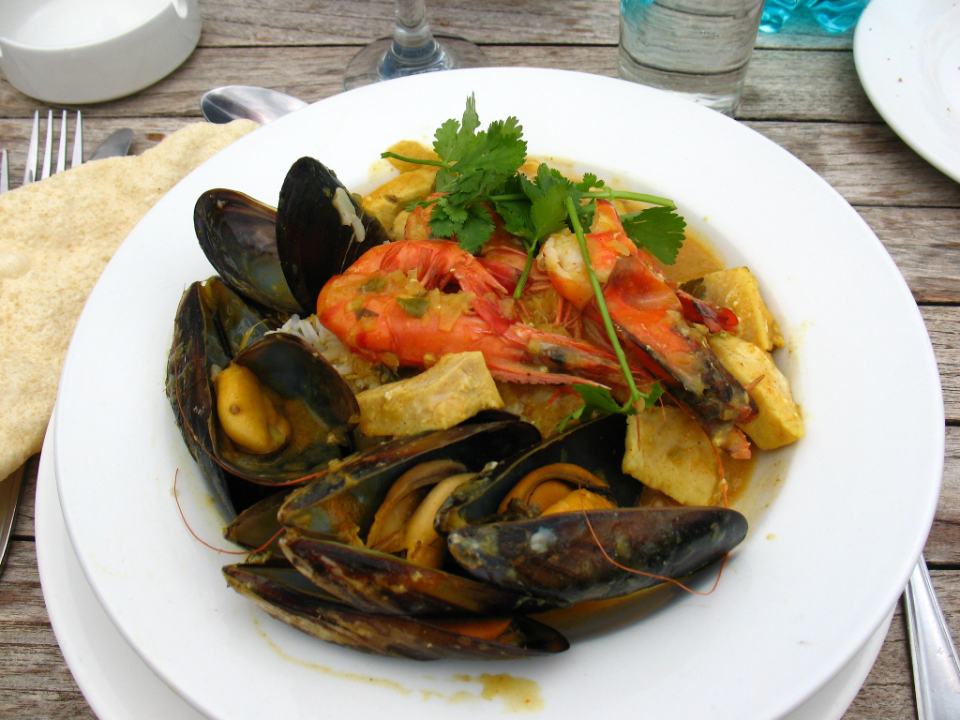
Cape Town is a city where diverse cultural influences come together to create a unique culinary scene. From the famous Cape Malay curries to the variety of seafood available along the coast, food lovers will find an endless array of delicious options. The city is renowned for its farm-to-table dining culture, with many restaurants sourcing their ingredients from nearby vineyards, farms, and coastal waters. This ensures that every meal is fresh and highlights local ingredients.
Cape Town’s food scene also embraces international influences, particularly from Asia and Europe. Many chefs are creatively fusing local South African ingredients with global techniques. Whether it’s a sophisticated fine dining experience or a laid-back meal at a local market, Cape Town offers a little bit of everything. The city’s vibrant food markets and food festivals further highlight its growing reputation as a must-visit culinary destination.
Lima, Peru
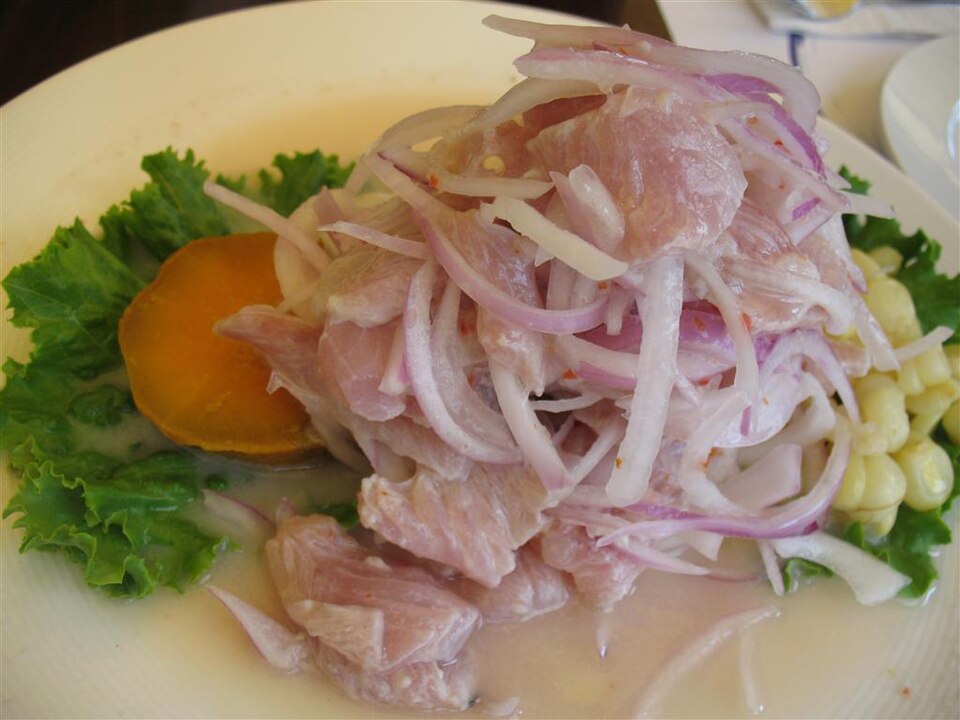
Lima is often regarded as the gastronomic capital of Latin America, offering an exciting range of culinary experiences. Known for its world-class restaurants and innovative chefs, Lima has put Peruvian cuisine on the map. Dishes like ceviche (fresh fish cured in citrus juices) and lomo saltado (stir-fried beef with vegetables) are just the beginning. The city’s diverse food scene includes everything from traditional street food to haute cuisine, making it a dynamic destination for food enthusiasts.
Lima’s culinary scene is a fusion of indigenous ingredients with international influences, especially from Asia and Europe. Peruvian food is characterized by bold flavors and a wide variety of ingredients, including potatoes, corn, and quinoa. The city is home to many top restaurants that combine traditional and modern techniques to create exceptional dining experiences. Lima’s food culture is constantly evolving, making it an exciting place for anyone passionate about innovative, flavorful food.
Ho Chi Minh City, Vietnam
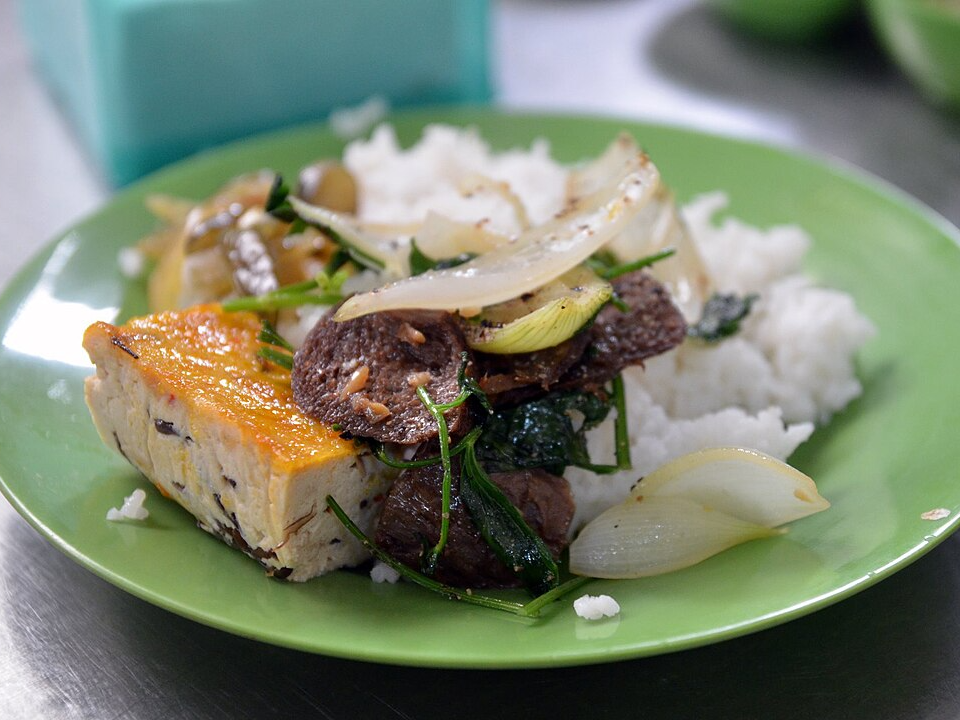
Ho Chi Minh City, formerly known as Saigon, is a vibrant, fast-paced city with a rich food culture. Vietnamese cuisine is known for its fresh ingredients and bold flavors, and the food scene in Ho Chi Minh City reflects this perfectly. Street vendors serve up delicious dishes such as pho (noodle soup) and banh mi (Vietnamese sandwich), with each bite offering a unique combination of herbs, meats, and spices. The city’s food markets are filled with fresh vegetables, herbs, and fish, contributing to its authentic culinary charm.
In addition to street food, Ho Chi Minh City has a growing number of fine dining establishments offering modern takes on traditional Vietnamese dishes. The city has embraced international influences, creating a fusion of flavors that appeal to a variety of tastes. Whether you are visiting a local market or dining in an upscale restaurant, Ho Chi Minh City provides a diverse food scene that is sure to satisfy any craving.
Quito, Ecuador
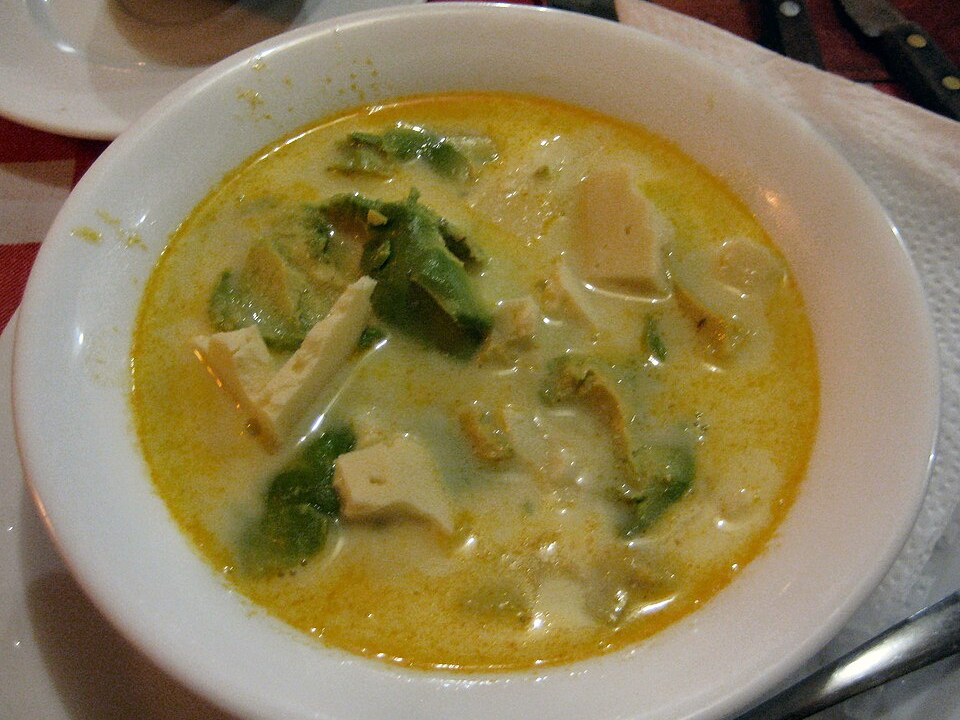
Quito is a city that offers an authentic taste of Ecuadorian culture through its food scene. The capital city’s cuisine is diverse, ranging from fresh seafood along the coast to hearty Andean dishes in the highlands. Traditional dishes like locro de papa (potato soup) and empanadas (pastry filled with meat or cheese) reflect the country’s agricultural heritage and are found in many local markets. The combination of fresh local produce, grains, and meats makes the food in Quito both comforting and flavorful.
Quito’s food scene has evolved with a new wave of chefs who are reinventing Ecuadorian cuisine while still honoring its roots. Many restaurants now focus on sustainable sourcing, offering dishes made with organic, locally grown ingredients. The city’s growing popularity as a food destination is due to this fusion of traditional and modern influences, which has created an exciting dining experience for visitors looking to explore Ecuador’s flavors.
Belgrade, Serbia
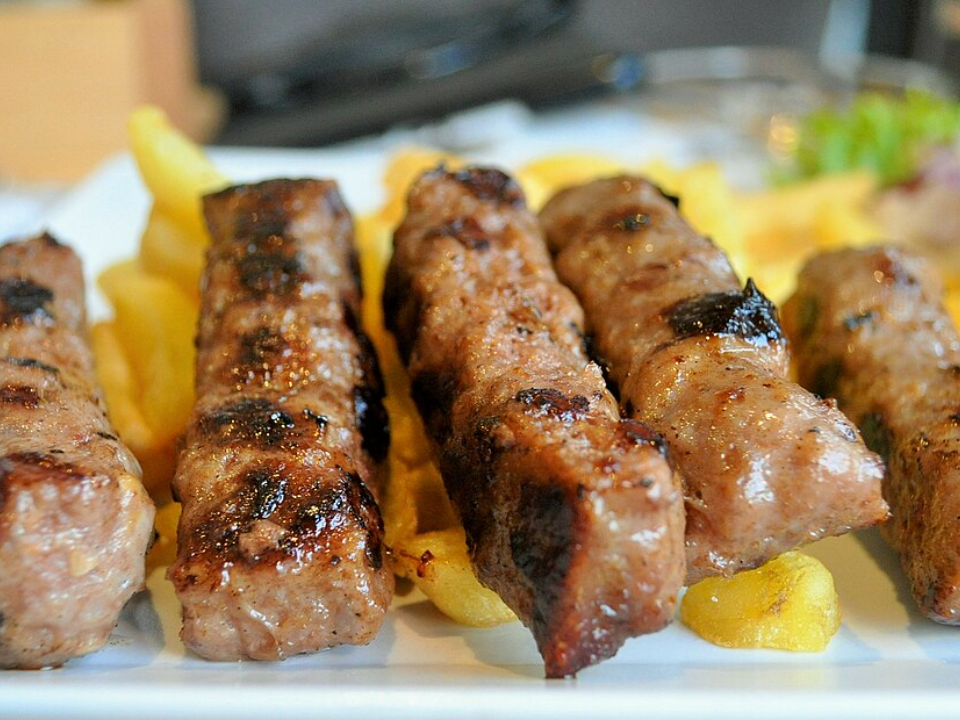
Belgrade is a city that often surprises visitors with its rich and diverse food scene. Serbian cuisine is hearty and features meats, dairy, and fresh vegetables, with dishes like ćevapi (grilled minced meat) and sarma (stuffed cabbage rolls) being local staples. The food in Belgrade often reflects its cultural influences, from the Turkish-inspired burek (pastry filled with meat) to the Hungarian goulash. The city’s food markets are filled with an abundance of fresh produce, meats, and cheeses that form the basis of many traditional Serbian meals.
Over the years, Belgrade’s food scene has become increasingly modern, with new restaurants and cafes offering a mix of traditional Serbian flavors with contemporary flair. This has led to an exciting food culture where visitors can enjoy a range of culinary experiences, from street food to fine dining. Whether enjoying a casual meal in a local kafana (restaurant) or indulging in a gourmet experience, Belgrade provides an interesting and diverse culinary adventure.
Madrid, Spain
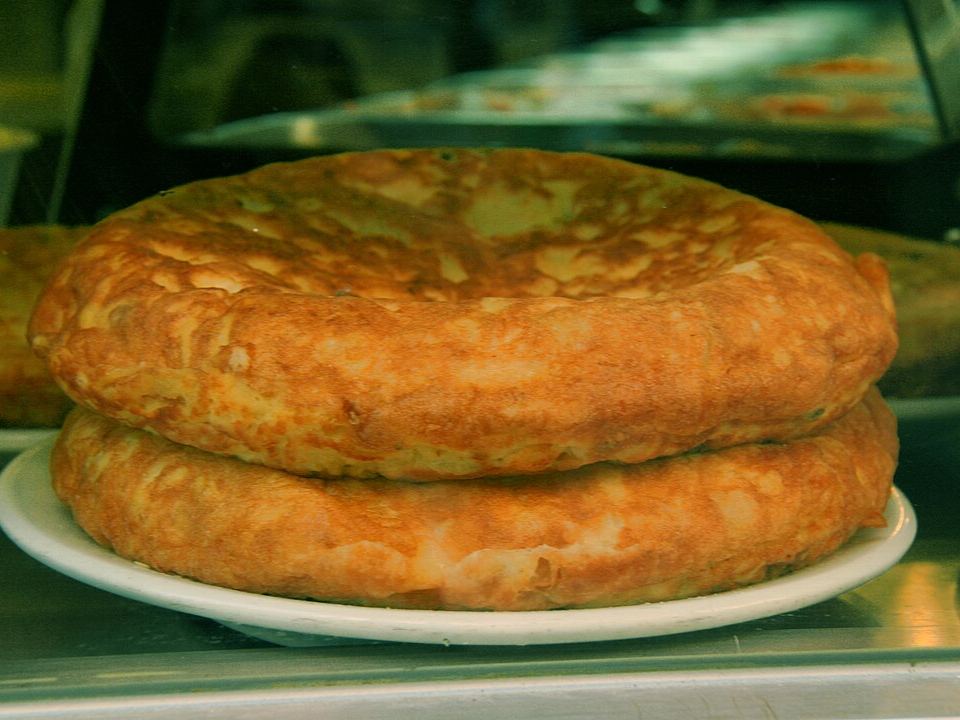
Madrid is known for its vibrant food scene, where both locals and visitors come to enjoy authentic Spanish flavors. Tapas, the iconic small plates of Spanish cuisine, are widely available throughout the city, with local specialties like patatas bravas (fried potatoes with sauce) and tortilla española (Spanish omelette). Madrid’s food culture is deeply rooted in the country’s traditions, and visitors can find everything from fresh seafood to hearty stews, all served with a touch of Spanish flair.
In addition to traditional Spanish food, Madrid also offers a modern take on classic dishes. The city has become a hot spot for creative chefs who are reinventing Spanish cuisine while staying true to its roots. Madrid’s bustling food markets, such as Mercado de San Miguel, offer a wide variety of fresh, high-quality ingredients that contribute to the city’s culinary vibrancy. Whether dining in a traditional tavern or a Michelin-starred restaurant, Madrid’s food scene promises an unforgettable experience.
Prague, Czech Republic
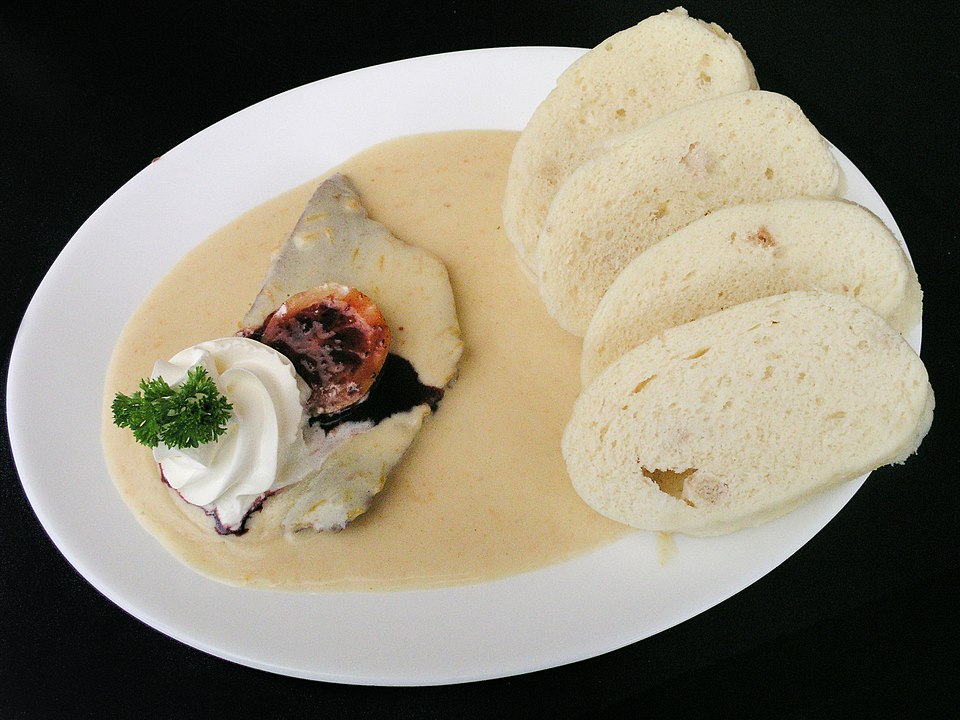
Prague is known for its hearty, satisfying food that perfectly complements the city’s historical charm. Traditional Czech dishes, such as svíčková (beef with creamy sauce) and knedlíky (dumplings), are staples that provide a sense of warmth and comfort. Many restaurants focus on serving these rich, flavorful dishes, and local markets offer a variety of fresh, locally sourced ingredients. The city’s beer culture also plays an important role in its food scene, with hearty meals often paired with one of the world’s best beers.
In recent years, Prague’s food scene has seen a revival, with many modern eateries offering innovative spins on traditional Czech cuisine. Young chefs are incorporating international influences while staying true to the flavors of the region. This combination of old and new makes Prague a hidden gem for anyone seeking an authentic yet evolving food scene. Whether you are enjoying a classic Czech meal at a local pub or indulging in contemporary dining, Prague’s food culture will leave you satisfied.
Chiang Mai, Thailand

Chiang Mai is a food lover’s paradise in northern Thailand, with a unique blend of flavors influenced by both Thai and neighboring Burmese, Lao, and Chinese cuisines. Known for its distinct regional dishes, Chiang Mai offers a range of delicious foods, including khao soi (a rich noodle soup) and sai ua (spicy sausage). The city’s vibrant street food scene is one of the highlights, with vendors serving up fresh, affordable meals that showcase the region’s love for bold spices and fresh herbs.
Beyond street food, Chiang Mai has a growing number of upscale restaurants that feature creative interpretations of traditional dishes. The city’s food markets, such as the famous Sunday Walking Street, are perfect places to sample local delicacies and discover new flavors. Chiang Mai’s combination of traditional and modern culinary experiences makes it an unexpected food destination that should be on every traveler’s list.
Ljubljana, Slovenia
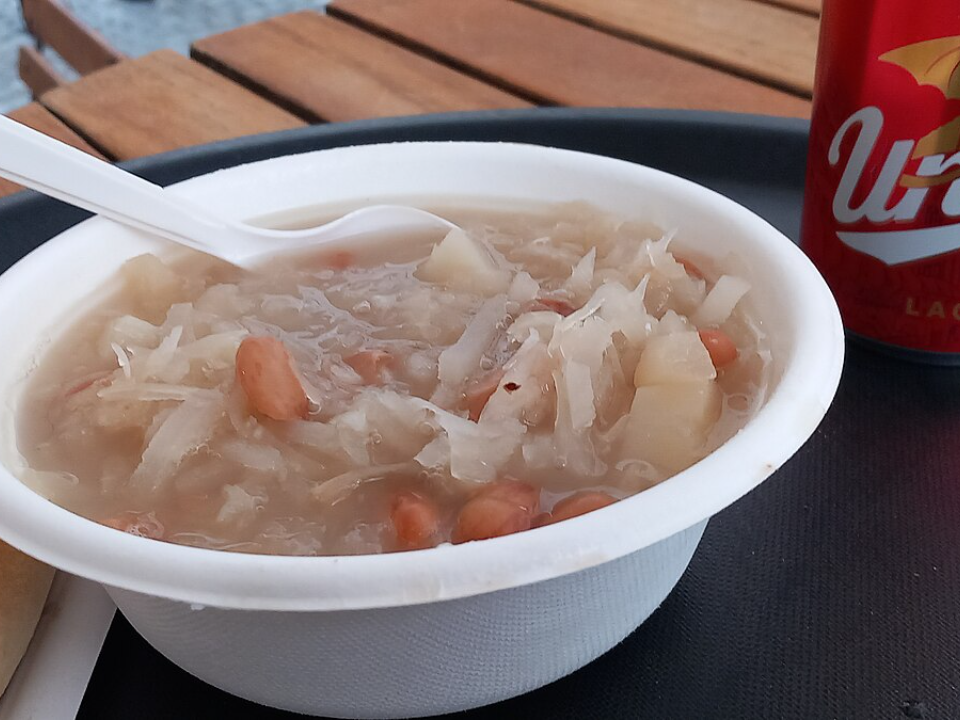
Ljubljana, the capital of Slovenia, is an emerging food destination that surprises many visitors. Slovenian cuisine reflects the country’s diverse history, with influences from Italy, Austria, Hungary, and the Balkans. Dishes like jota (sauerkraut stew) and idrijski žlikrofi (dumplings filled with meat) showcase the hearty and flavorful nature of Slovenian cooking. Local ingredients, such as fresh vegetables, mushrooms, and game meat, are commonly used in these traditional dishes.
In addition to its traditional food, Ljubljana is also home to a growing modern food scene. The city has embraced sustainability, with many restaurants focusing on farm-to-table dining and using locally sourced ingredients. Whether you are visiting a rustic tavern or a trendy modern bistro, Ljubljana offers a culinary experience that celebrates Slovenian culture and innovation. The city’s commitment to sustainable and local food is making it an exciting and unexpected food destination.
Santiago, Chile
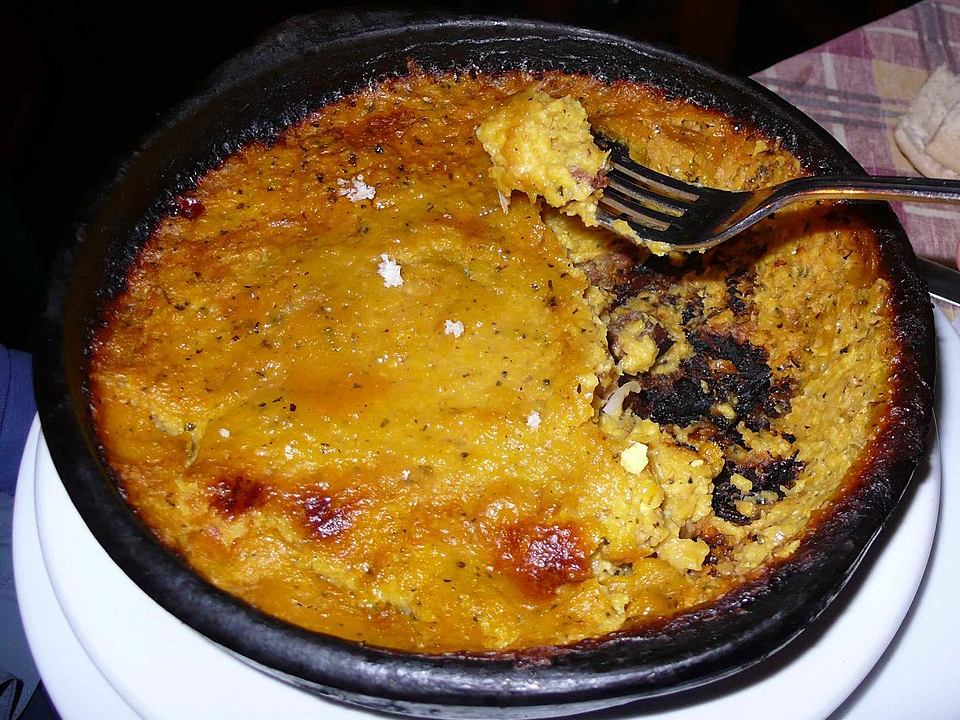
Santiago, Chile’s bustling capital, offers a dynamic food scene that blends traditional Chilean flavors with contemporary cooking styles. Local dishes like pastel de choclo (corn pie) and cazuela (stew with meat and vegetables) are staples in Chilean homes and restaurants. Santiago’s food culture is defined by its use of fresh, seasonal ingredients, with local markets offering an impressive variety of fruits, vegetables, and seafood.
Recently, Santiago has seen a surge in modern culinary establishments that are reimagining Chilean food. New chefs are experimenting with different flavors and textures, blending traditional ingredients with international techniques. The city’s thriving food scene also includes a growing wine culture, with many restaurants pairing their meals with locally produced wines. Whether you are enjoying a simple street snack or indulging in a fine dining experience, Santiago promises a memorable culinary adventure.
Medellín, Colombia
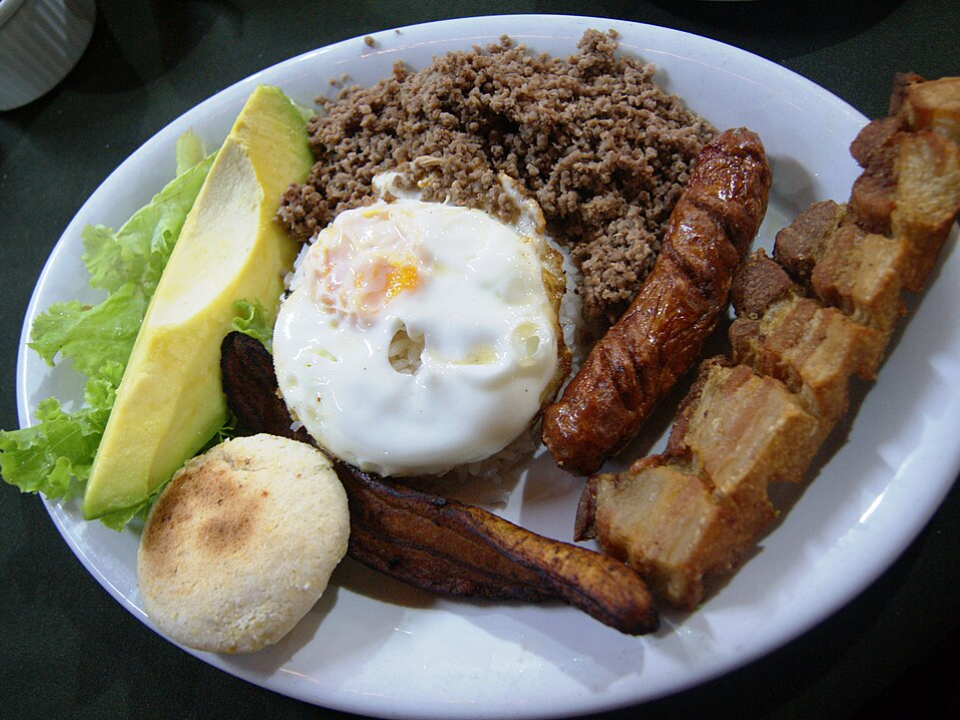
Medellín, once overshadowed by other Colombian cities, has become an unexpected hotspot for food lovers in recent years. The city’s food scene is deeply rooted in traditional Colombian cuisine, with hearty dishes such as bandeja paisa (a mixed plate of rice, beans, meats, and avocado) and arepas (cornmeal cakes). These classic dishes, combined with the region’s agricultural diversity, make Medellín’s food scene both satisfying and flavorful.
In addition to the traditional fare, Medellín’s food scene is also embracing international influences, with a growing number of restaurants serving global dishes with a local twist. The city is home to a number of modern food markets where chefs experiment with fresh, locally sourced ingredients. Medellín offers a perfect balance between tradition and modernity, making it an exciting destination for anyone looking to explore Colombian flavors in a fresh way.
Tallinn, Estonia
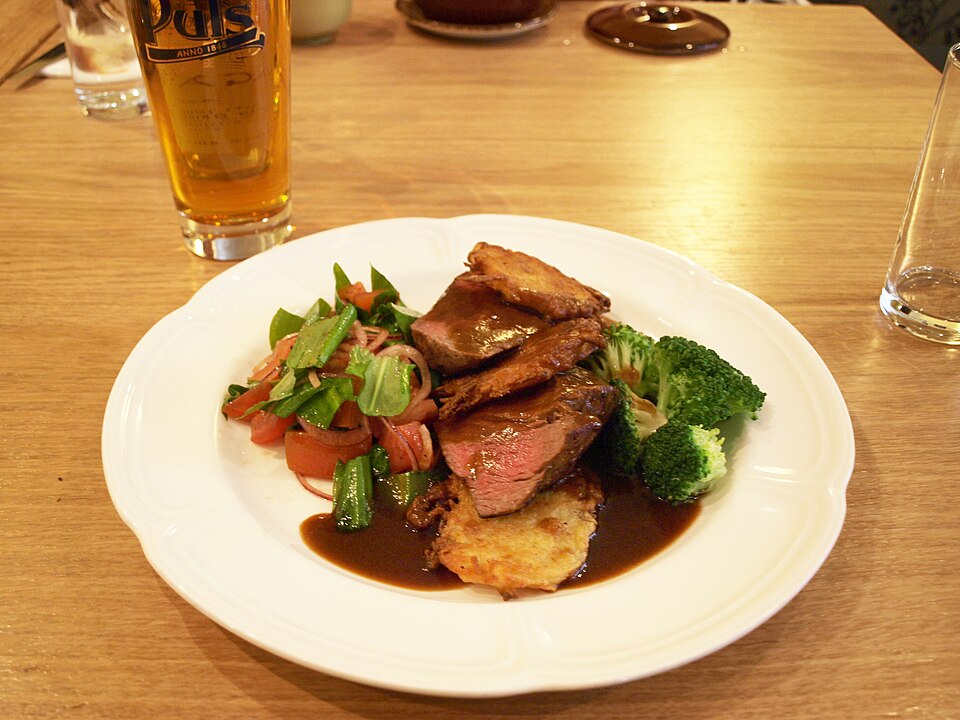
Tallinn is an unexpected culinary destination that blends the flavors of Eastern Europe with Scandinavian influences. Traditional Estonian dishes such as verivorst (blood sausage) and kiluvõileib (sprat sandwich) showcase the country’s agricultural heritage and its love for hearty, satisfying meals. The food in Tallinn is simple but flavorful, relying on local ingredients such as rye bread, dairy, and root vegetables.
Tallinn’s culinary scene has been undergoing a transformation, with more restaurants offering modern interpretations of traditional Estonian food. Chefs are using innovative techniques while maintaining the essence of local cuisine. In addition to traditional eateries, Tallinn also boasts contemporary food markets where locals and tourists alike can sample everything from smoked meats to pastries. With its combination of old-world charm and contemporary cuisine, Tallinn is a hidden gem for food lovers.
Sarajevo, Bosnia and Herzegovina
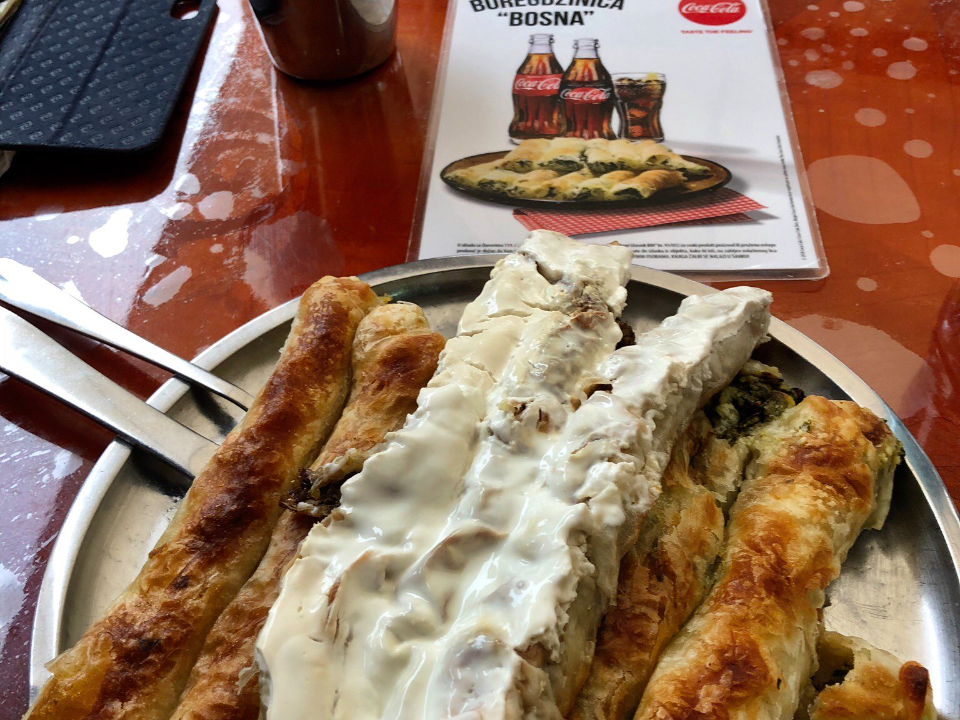
Sarajevo is a city where history, culture, and food come together in a harmonious blend. Known for its Ottoman-era influences, the city offers dishes such as ćevapi (grilled minced meat) and pita (savory pastries). Sarajevo’s food scene is rooted in both Turkish and Balkan culinary traditions, providing a rich variety of meats, grains, and fresh herbs. The bustling Baščaršija district is full of local restaurants and cafes where visitors can savor these authentic flavors.
Sarajevo is also home to a growing number of modern restaurants that are putting a contemporary spin on traditional dishes. Local chefs are creatively experimenting with ingredients and techniques, while still preserving the flavors that make Bosnian food unique. The city’s evolving food scene is attracting more attention, and it is fast becoming a must-visit destination for food enthusiasts looking to explore Balkan cuisine.
Beirut, Lebanon

Beirut is a city that offers an exceptional food scene, where Middle Eastern flavors are at their best. The Lebanese capital is known for its mezze (small plates), which include dishes like hummus, tabbouleh, and baba ghanoush. Lebanese cuisine is known for its use of fresh vegetables, olive oil, and aromatic spices. Whether at a high-end restaurant or a street vendor, the flavors of Beirut are vibrant, inviting, and full of character.
In addition to traditional Lebanese dishes, Beirut is also home to a growing number of modern restaurants that blend traditional ingredients with contemporary techniques. The city’s food scene is further enhanced by its café culture, where visitors can enjoy a variety of coffee and pastries. Beirut is quickly becoming a hub for food lovers seeking to explore the diverse and flavorful Middle Eastern cuisine.
Barcelona, Spain
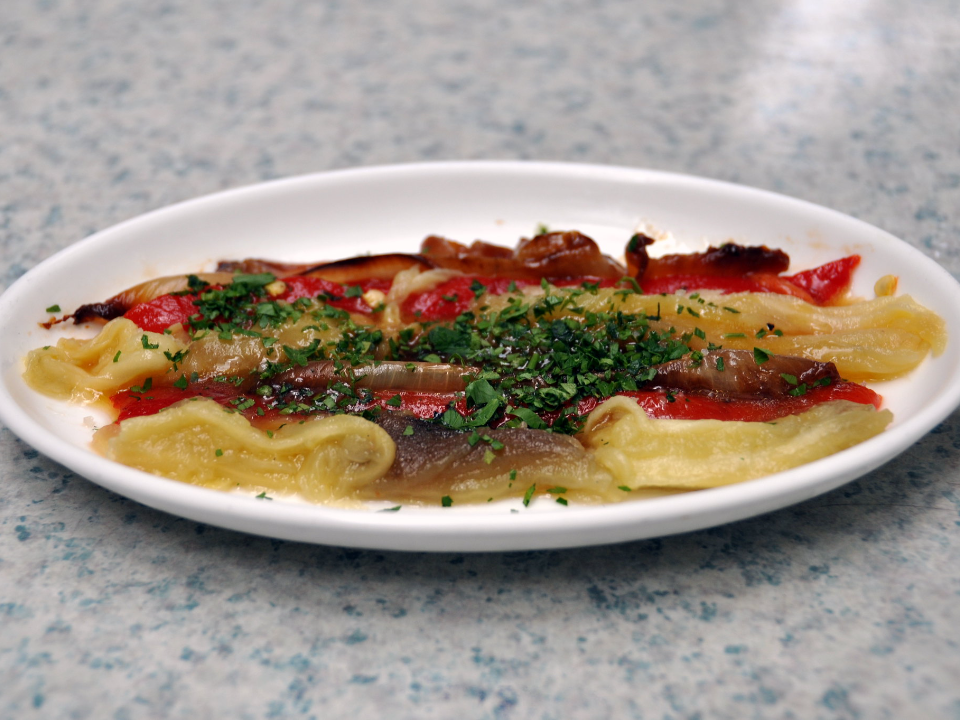
Barcelona is a city where food is not just about sustenance, but an experience that brings people together. Catalan cuisine, with dishes like escalivada (roasted vegetables) and crema catalana (dessert), takes center stage here. The city’s food scene is heavily influenced by both land and sea, with a focus on fresh, locally sourced ingredients. Local markets, such as the famous La Boqueria, are filled with an array of products that make it easy to experience the tastes of Catalonia.
In recent years, Barcelona’s food scene has evolved to include more modern culinary experiences. The city has become a hotspot for innovative chefs who are pushing the boundaries of traditional Spanish food. Whether you are enjoying tapas at a cozy bar or dining in a Michelin-starred restaurant, Barcelona offers a diverse and exciting culinary landscape that is perfect for food enthusiasts.
Melbourne, Australia

Melbourne is known for its multicultural food scene, where different culinary traditions from around the world come together. The city offers an extensive range of cuisines, from Italian and Greek to Asian and Middle Eastern. Melbourne’s vibrant food culture is reflected in its diverse restaurants, cafes, and food markets. Local favorites include dim sum, pizzas, and gourmet coffee, all showcasing Melbourne’s unique ability to blend global flavors.
The city is also home to a growing number of high-end restaurants that offer a contemporary twist on classic dishes. Melbourne’s food scene has earned international recognition, particularly for its coffee culture and innovative dining experiences. The fusion of flavors and the emphasis on fresh, local ingredients make Melbourne one of the top food destinations in the world, and it continues to attract food lovers from all over.
This article originally appeared on Avocadu.
